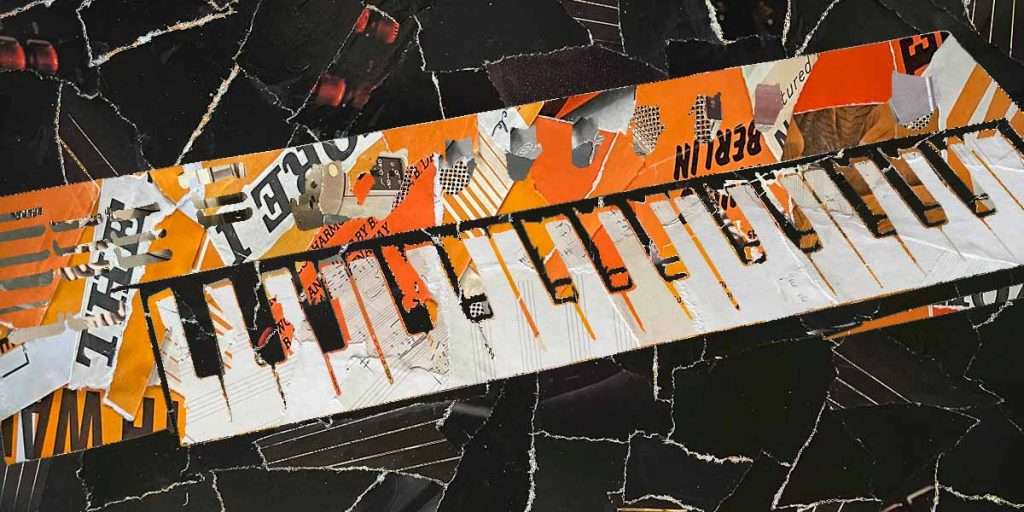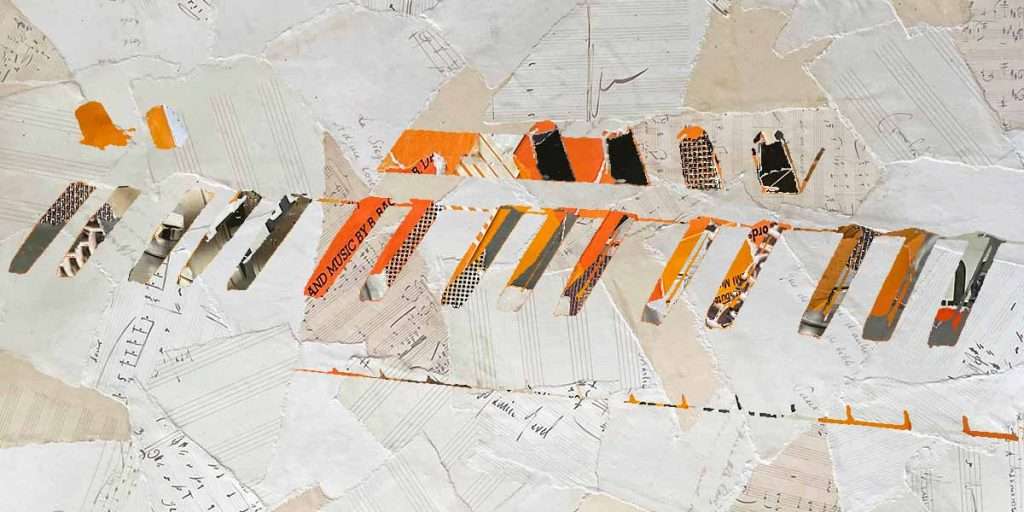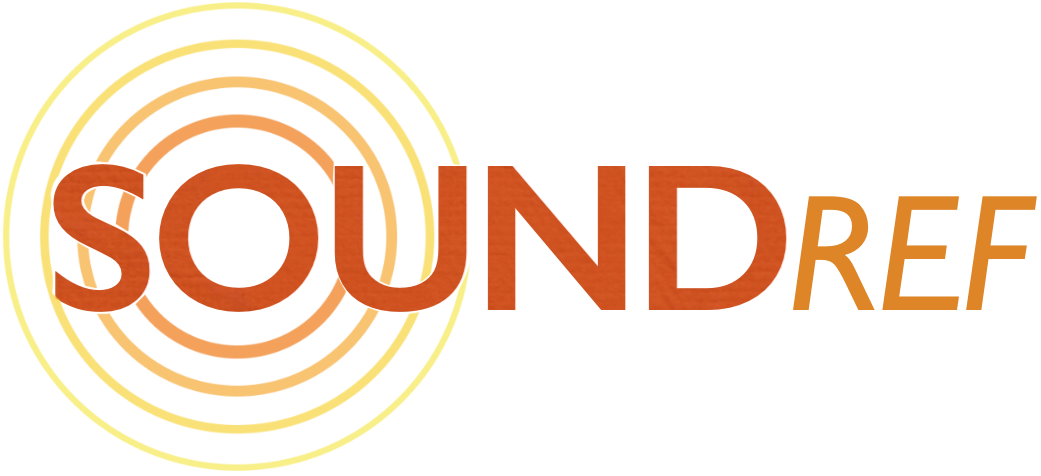The Ultimate Midi Controller Keyboard Guide
Use a midi controller keyboard to play virtual instruments with real world expression

A MIDI controller keyboard is a piano style keyboard, with a group of faders or pads.
They’re used to transmit MIDI data to virtual instruments within the DAW software environment.
This means you can play a virtual piano with a piano-realistic weighted keyboard. Or a drum kit with pressure sensitive pads.
The difference between a keyboard and a controller
MIDI controller keyboards don’t actually have their own sounds. They only work when connected to a sound source like a computer or hardware synthesiser.
You could also use a normal keyboard as a controller, but it’s not likely to have all the faders, knobs or pads.
Faders and knobs
MIDI controller keyboards have a selection of faders, knobs and pads above the keyboard. These can be used to add expression and detail to sounds while playing, or on a second pass.
If you’re playing a virtual synthesiser, you can assign the knobs and faders to synth parameters, such as resonance or envelope. It makes the whole experience really intuitive – twiddle the knobs until something sounds good.
They can be used for inputting any data you like. I use 2 faders simultaneously while recording symphonic string lines. One’s assigned to expression and the other one to vibrato. Once recorded, I can edit the data visually within the DAW.
Midi pads
It can be difficult being intuitive and expressive when you’re playing a sampled drum kit via a keyboard.
This is where a pad section comes in really handy. Assigning drum sounds to pads turns your MIDI controller keyboard into a hardware-style drum machine.
What size keyboard?
If you’re a pianist, you might want a full 88 key controller, like the M Audio Hammer 88. It will provide you with all the keys you’re used to.
But if space is limited, or you’re not a natural keyboard player, a 5 octave (61 note) keyboard is probably as big as you’ll need.
There’s also much smaller 2 octave controller keyboards, with 25 mini keys. They’re compact and light enough to carry around with your laptop, for work on the move.
Take a look at Arturia MiniLab MkII, which has the advantage of its own built in sounds.

Keyboard action
As well as the number of keys, MIDI controller keyboards are available with a choice of key actions.
- Weighted action
This is the gold standard for piano players, who are used to playing on heavy keys. Some manufacturers go so far as to add a real hammer action.
A good weighted keyboard combined with a quality sampled DAW piano can really give you experience of playing the real thing.
If you’re planning to learn piano in the future, try to get one of these, or perhaps a semi-weighted keyboard. Most MIDI controller keyboards have a ‘damper’ socket, where you can plug in a sustain pedal.
- Semi-weighted
These key actions are just mildly weighted, like a real piano with a very light action. They’re great for playing fast complex music.
Or if you like a real piano feel, but plan to play a variety of other instruments on it too.
- Synth action
These are the standard lightweight keys that you get on most keyboards and synthesisers.
The springy action might be too light for pianists, but it’s fine for everyone else.
Aftertouch
Aftertouch enables the player to press a key to make a sound, then press a little harder for a change in the sound. It adds a new level of expression to sounds played through a keyboard.
The aftertouch can be assigned to any parameter, such as vibrato, modulation, or something more creative.
It takes a bit of practice to get used to, and isn’t widely utilised by keyboard players. Add manufacturing costs to the mix, and you’ll see why MIDI controller keyboards with aftertouch are few and far between.
Conclusion
There’s a huge selection of MIDI controller keyboards at every price point.
If you’re not a keyboard player, and just need to input notes, you’ll be fine with a 25, 49 or 61 note keyboard
But if you’re a pianist, or hope to be in the future, a full size (88 key) weighted keyboard will give you just the feel you’re looking for to make expressive recordings.
You’ll also need some cables and a stand.
Education is the key to getting a pro sound. I’ve made a guide to help you choose the Best Online Music Production Courses available right now
Author: Daren B

Daren studied classical piano and composition at Trinity College of Music, at undergraduate and postgraduate level.
His music has been performed at the Southbank Centre, Tate Modern, and the Courtauld Institute, and broadcast on BBC Radio 3, Radio 4 and countless TV shows, including The Apprentice, Top Gear and Horizon.
Daren is a former lecturer on the BA Music Course at Goldsmiths College, University of London. He currently works in London as a composer and psychotherapist.
